Hospital construction uncovers ancient, treasure-filled tombs in China. Take a look
Not far from Hong Kong is another bustling Chinese city: Guangzhou. Complete with a sprawling skyline overlooking a massive river, the city is one of the most populous in the country.
Now, archaeologists have reason to think the city has been a central location for the country for more than 2,000 years.
Recent construction on a hospital in Guangzhou led experts to more than 300 relics from six dynasties over a period of more than 2,000 years, according to the Institute of Archaeology at the Chinese Academy of Social Sciences. Among the ancient discoveries were several tombs, preserved infrastructure and smaller artifacts like tiles and pottery pieces.
The oldest finds date to the Western Han dynasty — which lasted from 206 B.C. until 9 A.D., according to the Met Museum — and include drainage ditches connected to pottery pipes, water wells, an ash pit and three tombs, the institute said.
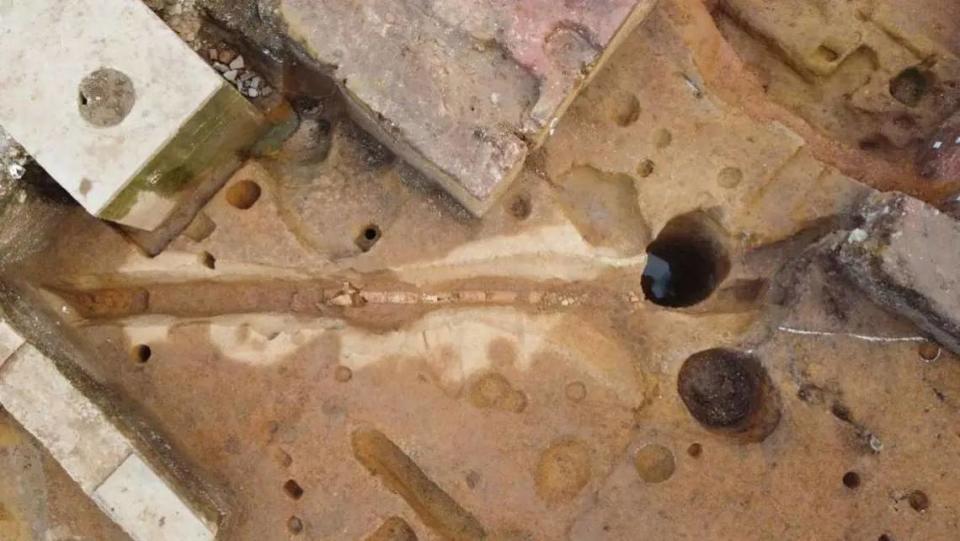
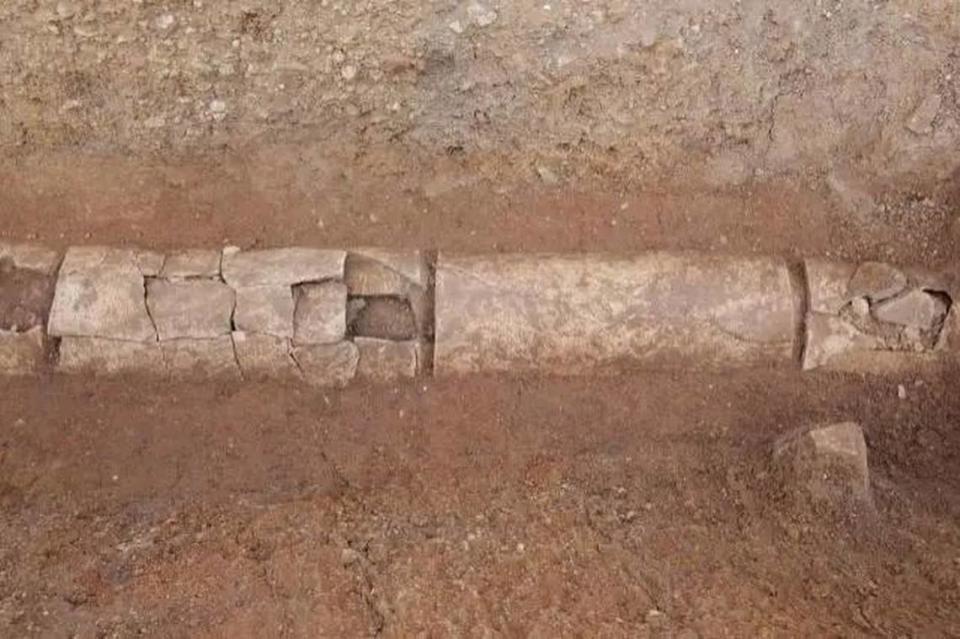
Within the wells, the team said it discovered stone inkstone as well as several pottery pots.


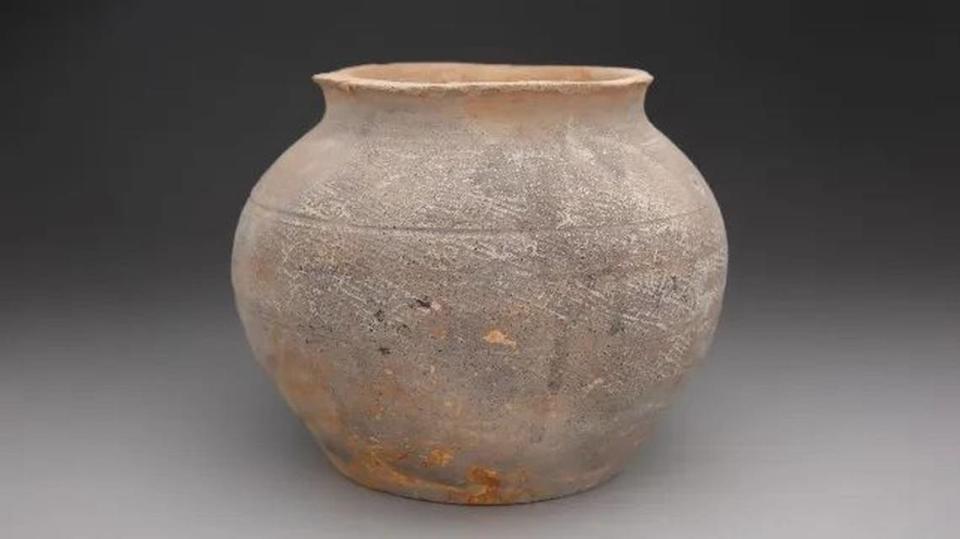
The ash pit contained remnants of tiles, pottery, boxes and tools.

The three tombs were rectangular pits, archaeologists said. Each had funerary pottery, including bowls, boxes, pots with lids and cauldrons. Two of the tombs held decayed human remains, but the burial methods are unknown.


A fourth tomb from the Southern dynasty — which lasted from 386 A.D. until 589 A.D. — was also discovered at the site.
Unlike the Han tombs, the Southern tomb was a rectangular chamber tomb made of brick in which a body was buried upright. Inside the tomb, archaeologists said they found patterns in the bricks, a decayed human bone, three celadon cups and one porcelain bow.


A second ash pit that was used starting in the Tang dynasty through the Five dynasties — 618 A.D. until 960 A.D. —was discovered and contained smooth shells, holding pots, incense burner covers, porcelain bowls and various kinds of tiles, the institute said.
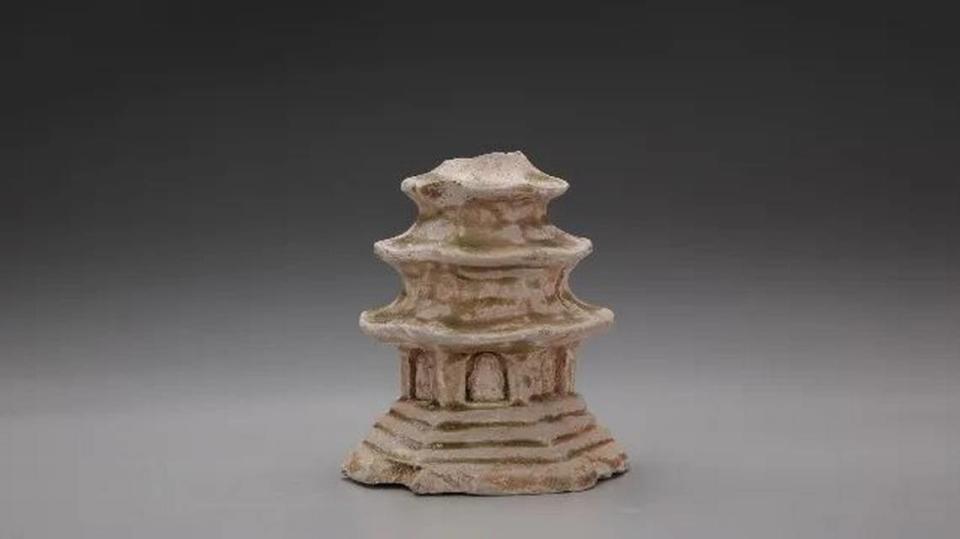
Archaeologists also found evidence of moats that existed sometime between 1368 and 1911, during the Ming and Qing dynasties, according to the institute.
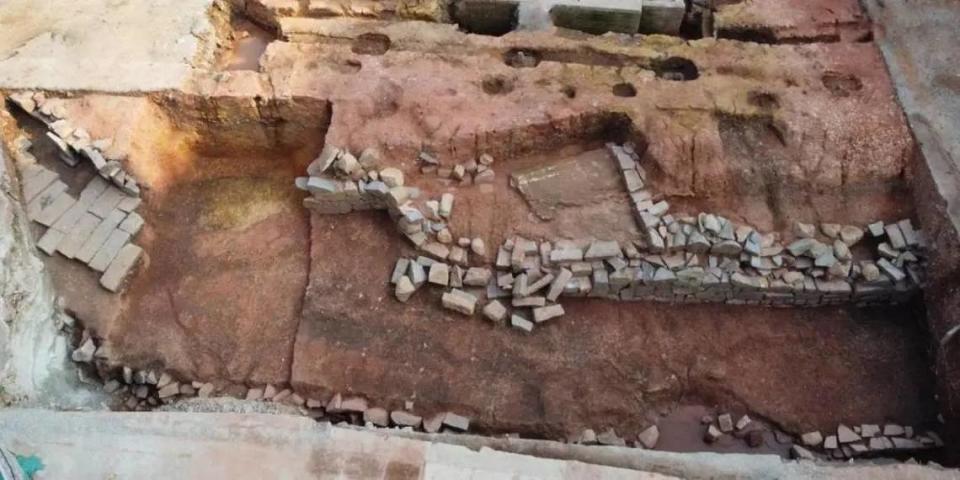
Google Translate and Baidu Translate were used to translate the news release from the Institute of Archaeology at the Chinese Academy of Social Sciences.
Million-year-old skull could hold key to understanding evolution, Chinese experts say
Trove of rare tombs — some with preserved bones — unearthed in China, photos show
Cryptic rock paintings — all over 6,000 years old — rediscovered in China. Take a look

